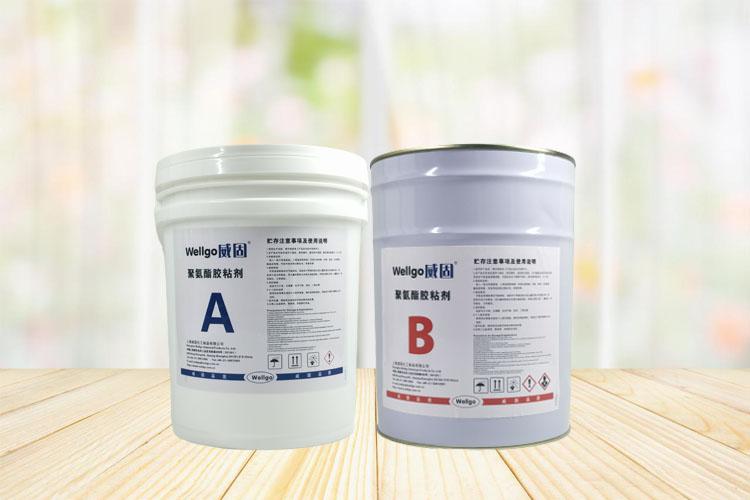
Oligomer polyols such as polyether and polyester form soft segments. Soft segments account for the majority ofPU, and the properties of PU prepared from different oligomer polyols and diisocyanates vary.
The polyurethane elastomer and foam obtained by using highly polar polyester as the soft segment have better mechanical properties. The strength, oil resistance and thermal oxidation stability of polyester polyurethane are higher than those of PPG polyether type, but the hydrolysis resistance is worse than that of polyether type. Polytetrahydrofuran (PTMEG) type polyurethane, because PTMEG has a regular structure and is easy to form crystals, its strength is comparable to that of polyester type. Generally speaking, polyether polyurethane, because the ether group of the soft segment is easier to rotate, has better flexibility, and has superior low-temperature performance, and there is no ester group in the polyether that is relatively easy to hydrolyze, and its hydrolysis resistance is Better than the polyester type. Polyurethane with polybutadiene as the soft segment has weak polarity in the soft segment, poor compatibility between the soft and hard segments, and poor elastomer strength.
Soft segments containing side chains have weak hydrogen bonds and poor crystallinity due to steric hindrance, and their strength is generally worse than polyurethane without side groups with the same soft segment main chain.
The molecular weight of the soft segment has an impact on the mechanical properties of polyurethane. Generally speaking, assuming that the molecular weight of polyurethane is the same, if the soft segment is polyester, thenPU The strength of PU increases as the molecular weight of polyester diol increases; if the soft segment is polyether, the strength of PU decreases as the molecular weight of polyether diol increases, but the elongation increases. This is because the polyester soft segment itself has strong polarity, and a large molecular weight has a high structural regularity, which is beneficial to improving strength; while the polyether soft segment has weak polarity. If the molecular weight increases, the hard segment of PU will The relative content decreases and the strength decreases.
The crystallinity of the soft segment has a greater contribution to the crystallinity of the linear polyurethane segment. Generally speaking, crystallinity is beneficial to improving the performance of polyurethane products, but sometimes crystallization can reduce the low-temperature flexibility of the material, and crystalline polymers are often opaque. In order to avoid crystallization, the regularity of the molecules can be disrupted, such as using copolyester or copolyether polyols, or mixed polyols, mixed chain extenders, etc.

 微信扫一扫打赏
微信扫一扫打赏

